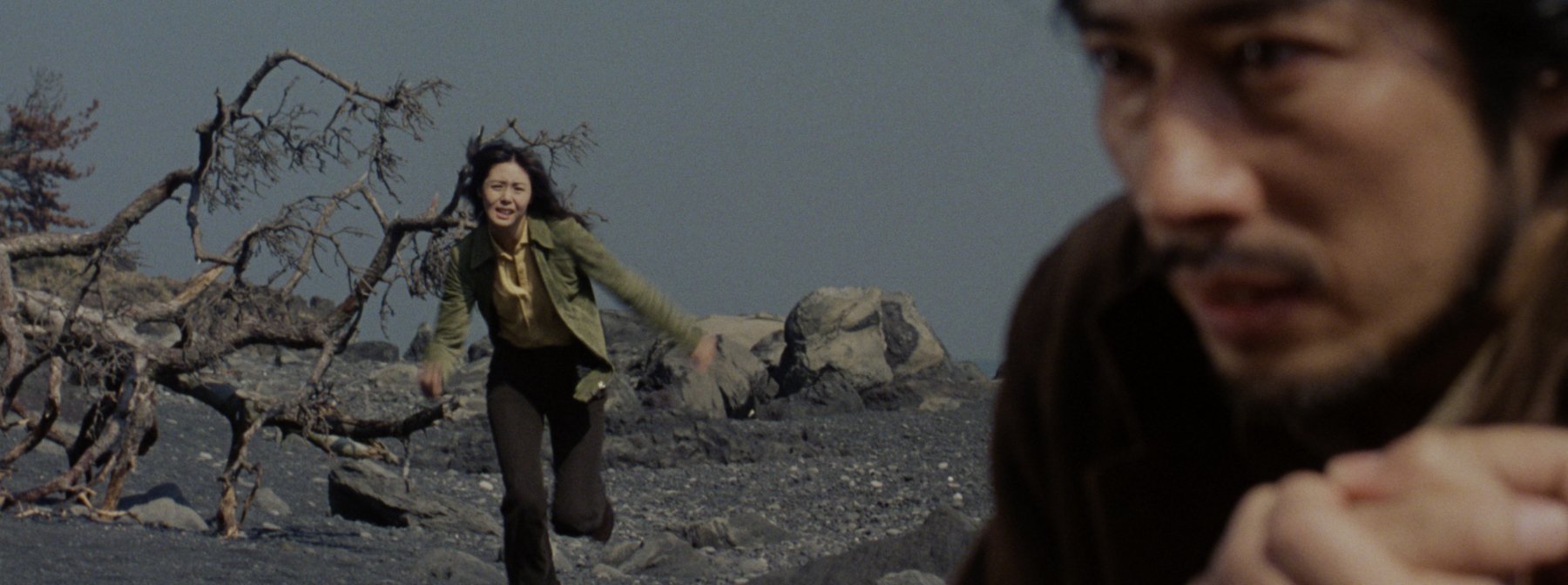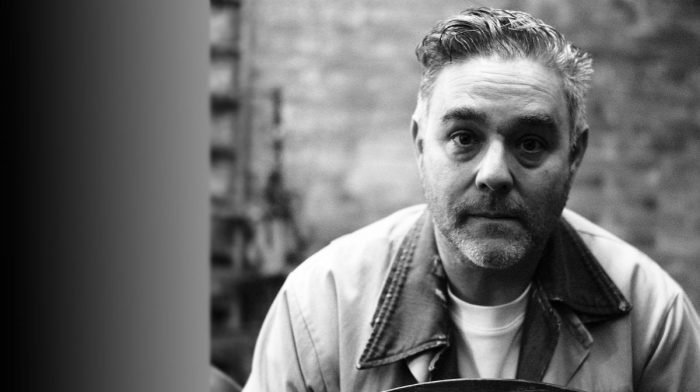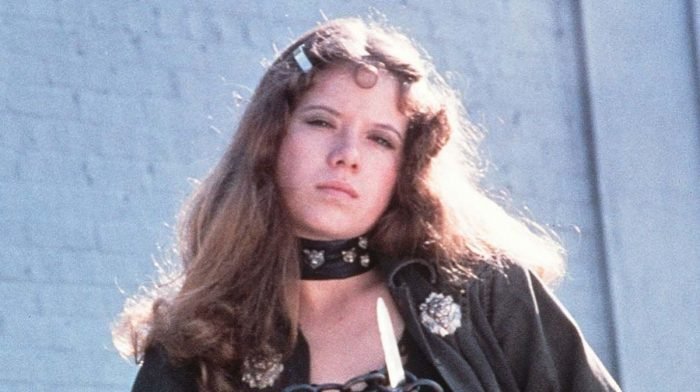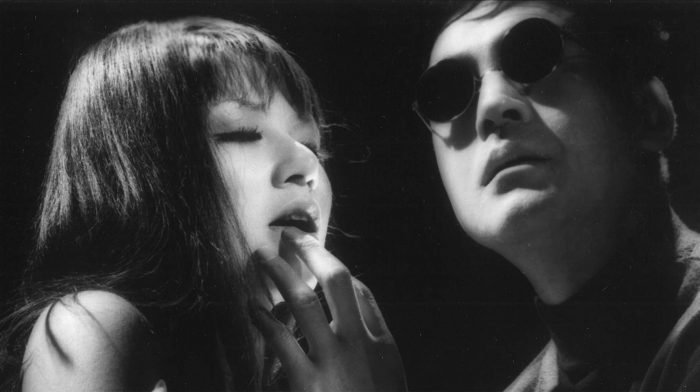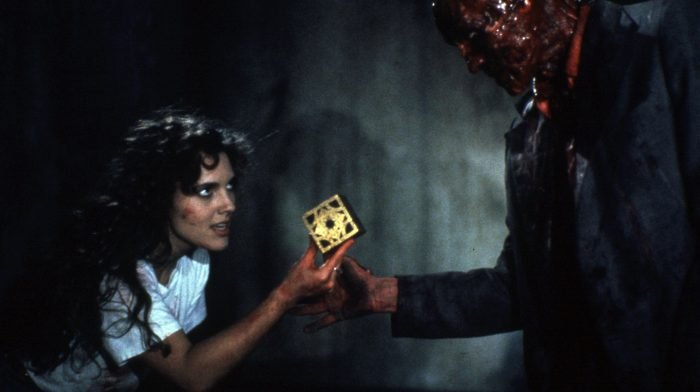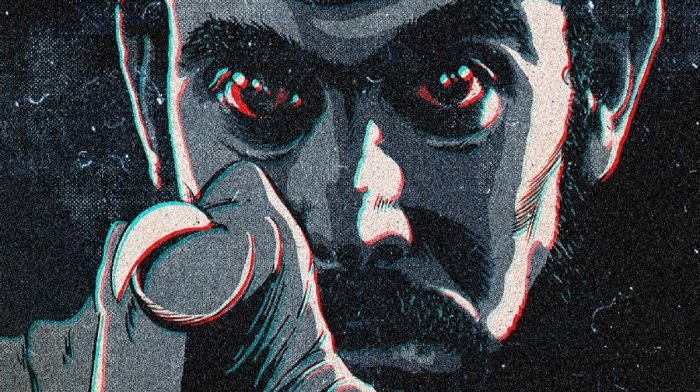With Gojira freshly unleashed and Kurosawa and Ozu at the height of their powers, the 1950s, it is widely considered, was Japan’s Golden Age of filmmaking. But the decade that followed was something far more tumultuous. Television would transform the consumer landscape in ’60s Japan. Major studios struggled to command audiences across the country, as box office admissions fell from a billion in 1958 to just 300 million in 1968. With a surplus of theatre screens in the big cities, a new wave of independent filmmakers established pinku eiga, or “pink film”, as a cinema sensation almost overnight. These were cheap, quickly-produced works that emphasised softcore titillation over big-budget thrills, and by 1965, nearly 40% of movies produced in Japan fell into this category.
The mainstream movie industry was in dire need of a shake-up. With the studios keen to take back their market share, these visions of erotica would be pounced upon by the likes of Toei and Nikkatsu just as quickly as the pinku eiga themselves had sprung out from the shadows of the projector rooms.
It was against this background that Teruo Ishii, a Toei Studio director capable of churning out six-to-seven films a year, would emerge as a leading figure in the late ’60s. His pioneering of a new film subgenre known as ero guro — or, “erotic grotesque” cinema — would amalgamate the ideas and styles of both the independent pinku eiga filmmakers and the budget-bearing mainstreamers, forever upending the Japanese filmmaking landscape thereafter.
Ero Guro
It began with 1968’s Shogun’s Joys of Torture — a film that opens with the brutal beheading of a woman hanging helplessly from a tree, in a single clean blow from a sword-wielding executioner. It was as bold a statement a major studio could make, and in a few short years, Toei would release seven more features in the Joys of Torture series, each with Ishii at the helm.
Here was a universe of wild, unfettered violence that fit the established genre conventions of mainstream cinema, that offered both entertaining thrills and the kind of titillation this patriarchal society clearly had an appetite for.
Ishii wasn’t some twisted, woman-hating madman, of course. The term ero guro dated all the way back to the 16th century when woodblock prints like Yoshitoshi’s Twenty-eight Famous Murders with Verse and Hokusai’s The Dream of the Fisherman’s Wife had depicted scenes of sexual violence and torture as an expression of “art”. It was ample inspiration for a film series about the “history of torture”.
And since period dramas had already proven fertile ground for brutal, cathartic violence (Kurosawa’s Sanjuro had been Toho’s highest-grossing film in 1962), there were a host of ready-made film sets available to shoot on. The Toei studio lot, then, effectively became Ishii’s playground.
Titillation
And playtime it certainly was. Taking more than a few tips out of the popular pink films of the era, Ishii was relentless in his portrayal of nudity among women. Naked skin and bare breasts are almost a more common sight than clothed women in Ishii’s Edo — and the cameras know it, hovering, as they do, around the chest area to offer a consistent sense of mild stimulation for the films’ male-centric viewership.
Take the final story of the omnibus-of-suffering film Orgies of Edo as a prime example. In the courtyard of a great Lord during the “golden ages of Edo”, women participate in a vivid dance ceremony — until a herd of bulls with flaming horns is unleashed to gore them to death. The Lord’s order to the panicked women is definitive: “Strip! Strip! Strip!”, he commands, brandishing a bow and firing arrows to help get his message across.
The scant use for clothes is primarily a signifier for woman’s vulnerability in a world dominated by abhorrent men. The manipulative lovers of Orgies of Edo, the bloodthirsty lords of Shogun’s Joys of Torture, and the vengeful brothel keepers of Inferno of Torture are less concerned with sex than they are with punishment. But few could argue that there’s anything remotely pornographic in Ishii’s films — eru guro, after all, refers to the erotic rather than the sexually vulgar.
Torture
It is not sex that is fetishised in Ishii’s works then, but violence — and in that sense, the director’s works have more in common with the “torture porn” films of the West around the turn of the century, than that of the Adult Video boom of the Japanese VHS market in the ’80s. One needs only glance at the Arrow Video covers for films like Inferno of Torture and Shogun’s Joys of Torture to get a taste of the relentless rope-binding-inspired humiliation within. But be assured: it goes much, much deeper.
Who can forget the image of a maiden crucified upside down in the sea, waiting for the incoming tide to cement her cruel fate, in Shogun’s Joys of Torture? The spearing of a row of women at the opening of Inferno of Torture? Or the various torture wheels, boiling cauldrons and other such apparatus used to deliver “justice” elsewhere?
In Ishii’s twisted world, there is no taboo left unbroken. Incest, rape and bestiality are brought to the front; pregnant bellies are defiled, and bodies are torn limb from limb. In that regard, the gruesome dismemberment of one unlucky customer at the close of Inferno of Torture remains one of the most shocking in Japanese studio filmmaking — perhaps even the world.
Grotesqueness
The “grotesque” is even more essential than the gruesome. And deformity, monstrosity and plain oddness is as ever-present as a bouncing breast on a bleeding torso in the Joys of Torture series. Take the central story of the Orgies of Edo anthology, which opens with a scene of a woman getting intimate with a group of dwarves. Her kink, it turns out, is that she can only be satisfied by the presence of deformity — it’s nothing out of the ordinary in Ishii’s perverted world.
Perhaps it is Horrors of Malformed Men — a kind of pink-horror-mystery based on a series of Edogawa Ranpo stories — that exemplifies this theme the best, though. Ranpo, one of 20th century Japan’s most revered writers of mystery fiction, was himself given the descriptor of ero guro during his heyday. In the ’30s, works such as The Caterpillar, wherein a quadriplegic war veteran becomes the sex slave and victim of his wife-come-carer, fit the descriptor well.
No surprises, then, that Ishii lapped up the opportunity to take the reigns for a film adaption of his works. And inevitably, Horrors of Malformed Men is at its twisted best when it brings the viewer to a forbidden island, where a shamanic antagonist conducts experiments on Siamese twins.
Style
But it was also films like this that show why Ishii remains such an enduring figure to this day. Horrors of Malformed Men, in its central act, is a dazzling mess of colourful dance rituals and creative set designs. After all, these weren’t exactly low budget films, and Ishii was a highly-skilled director in executing a vibrant genre flick.
Inferno of Torture — a film about the trafficking of tattooed geishas in pre-modern Edo — is at its atmospheric best during an extended chase sequence, for example. Two women escape a brothel into a lively animal market, where a jazzy, percussive soundtrack heightens the sense of peril as their captors pursue them while squirming snakes, butchered pigs and hanging dogs seem to block their every path to safety.
Later, at the film’s climax, Western women are presented with their new tattoos at an auction: the lights go down, and their vivid, coloured bodies light up the scene in a psychedelic and kaleidoscopic intermission. It’s one of the most memorable scenes in Ishii’s entire canon.
Conclusion
Ero guro, then, promised a complete package. This was violent and erotic storytelling in a historical setting, executed with the style and vigour of a capable and determined director. And it is the collating of all these elements that has assured Ishii of his place in history books today.
Films like Shogun’s Joys of Torture, Orgies of Edo, Inferno of Torture and Horrors of Malformed Men set the blueprint for the “pink violence” exploitation films that set Japan alight in the ’70s (see Female Prisoner #701 series as well as Ishii’s own Blind Woman’s Curse). But they also carved out a path for such contemporary cult classics as Rob Zombie’s House of 1000 Corpses, Takashi Miike’s Ichi The Killer, and even Eli Roth’s Hostel today.
And while Ishii’s career would stall in the late ’70s as he turned away from studio films to television dramas — he would, nonetheless, return to the silver screen and the ero guro genre before his death in 2005, with the films Shikoku and Blind Beast vs. Dwarf. His legacy, ultimately, remains intact. Exploitation cinema? Japan has the master of ero guro to thank.

